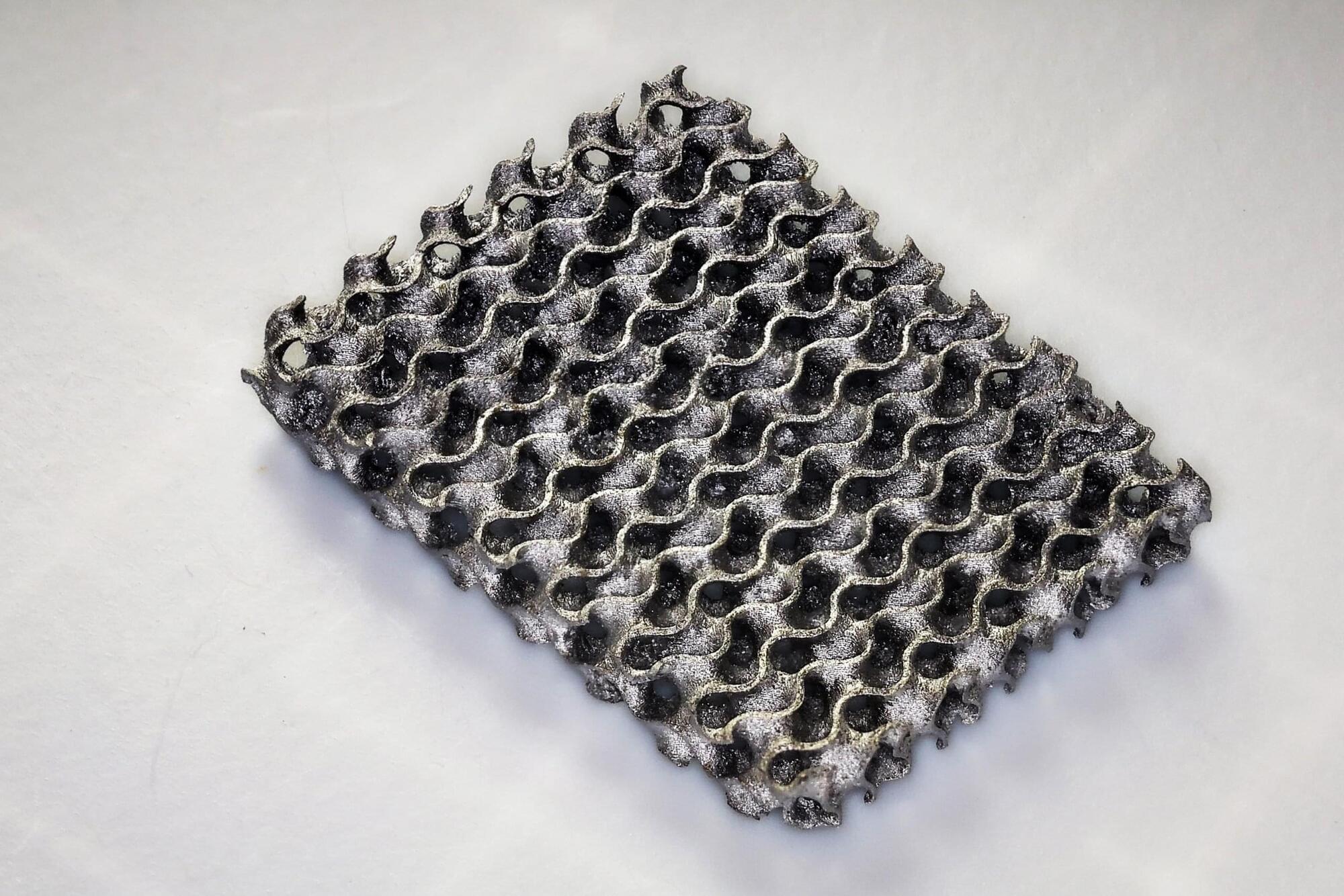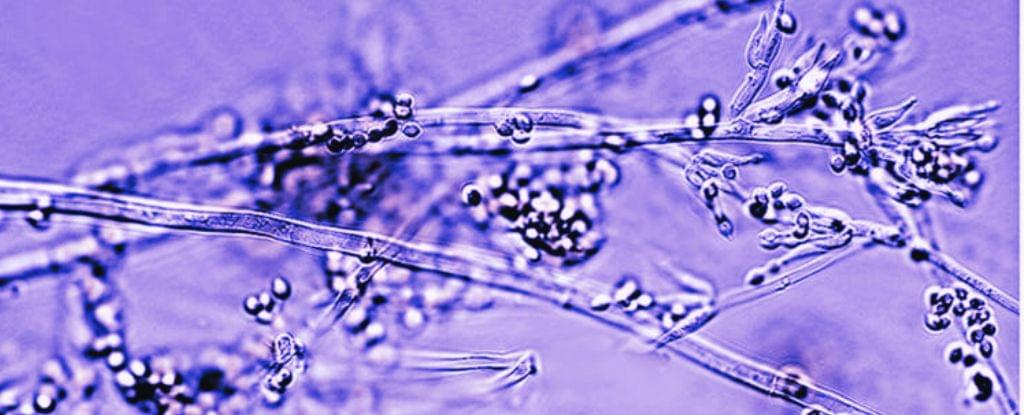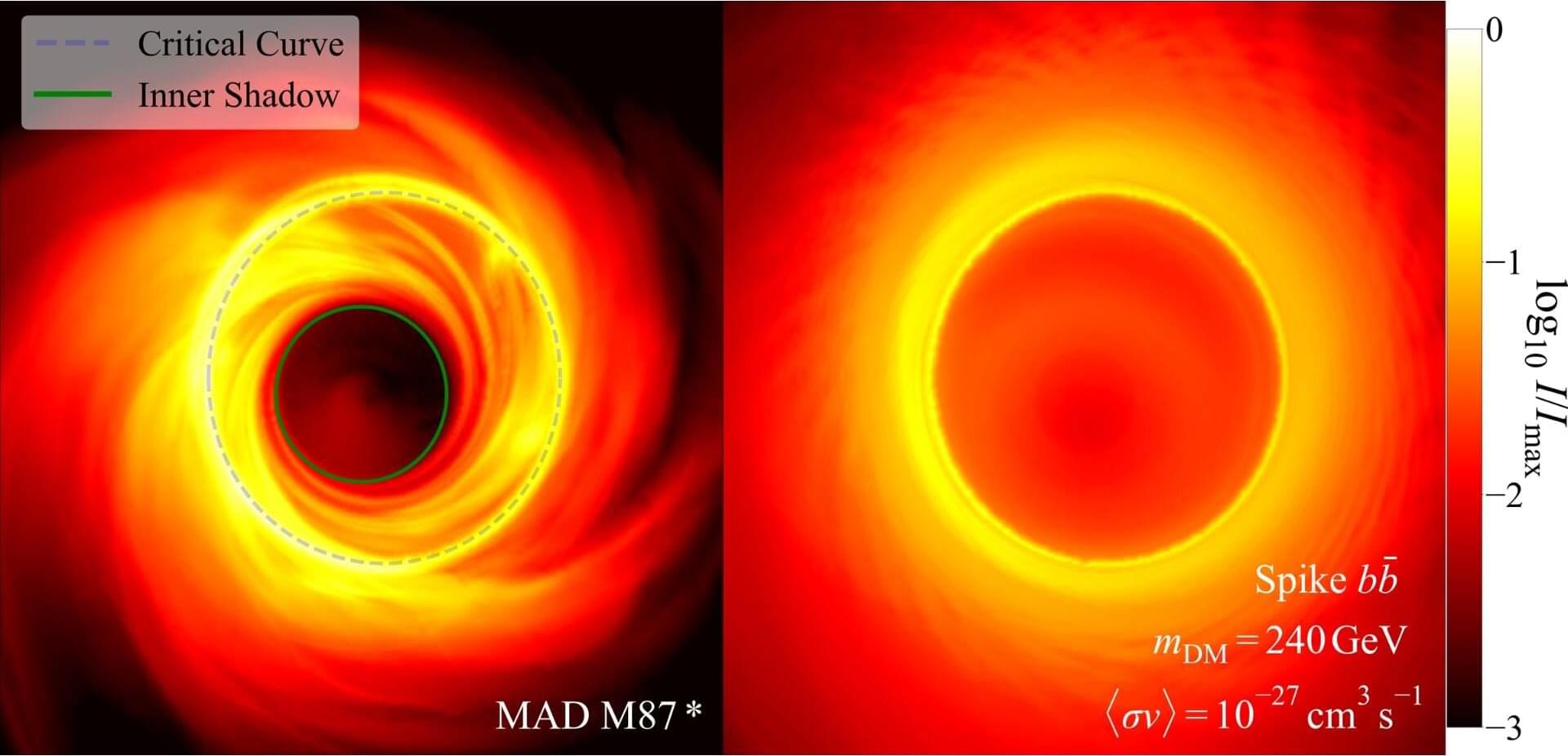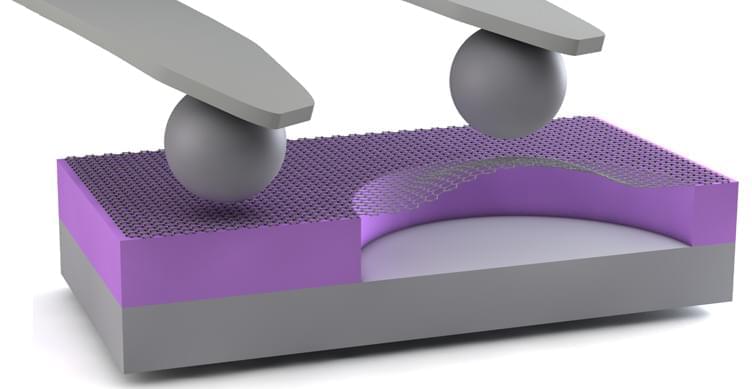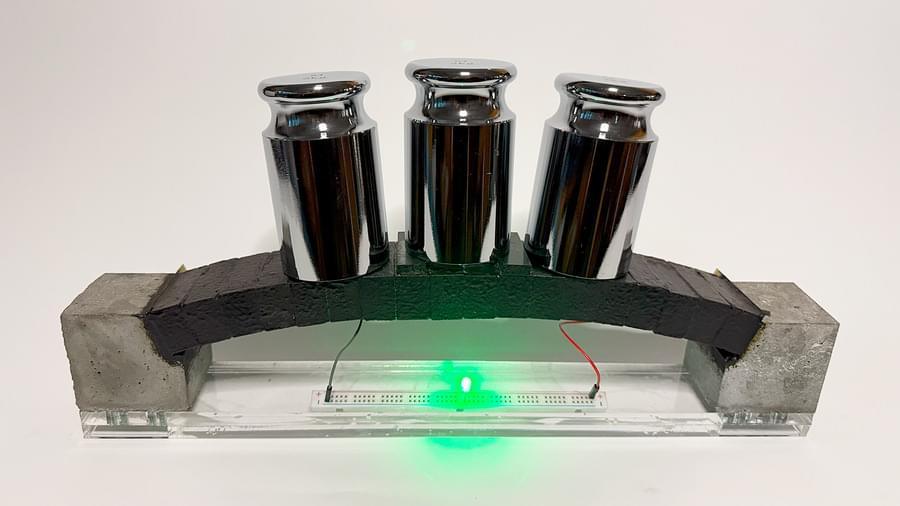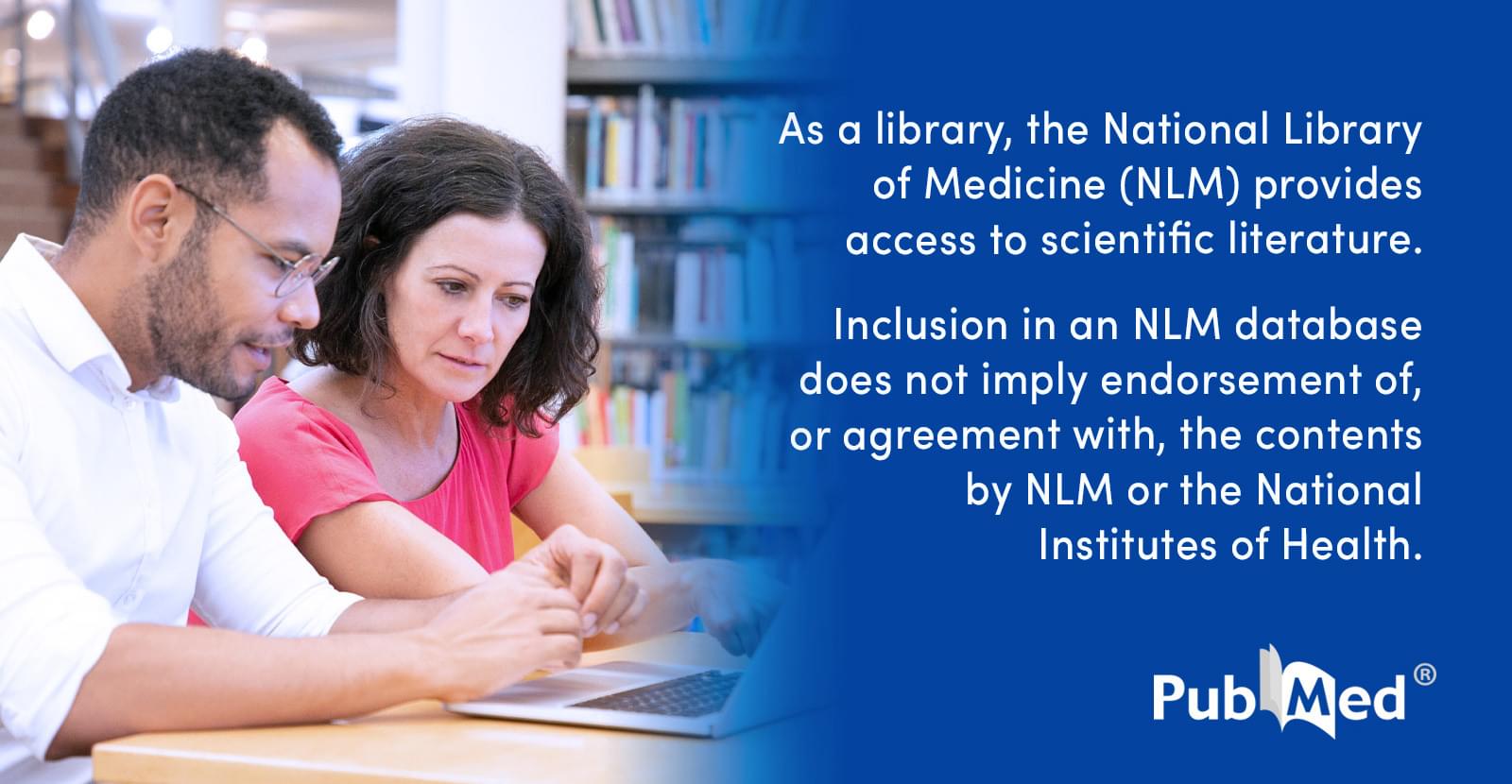One of the key steps in developing new materials is property identification, which has long relied on massive amounts of experimental data and expensive equipment, limiting research efficiency. A KAIST research team has introduced a new technique that combines physical laws, which govern deformation and interaction of materials and energy, with artificial intelligence. This approach allows for rapid exploration of new materials even under data-scarce conditions and provides a foundation for accelerating design and verification across multiple engineering fields, including materials, mechanics, energy, and electronics.
Professor Seunghwa Ryu’s research group in the Department of Mechanical Engineering, in collaboration with Professor Jae Hyuk Lim’s group at Kyung Hee University and Dr. Byungki Ryu at the Korea Electrotechnology Research Institute, proposed a new method that can accurately determine material properties with only limited data. The method uses physics-informed machine learning (PIML), which directly incorporates physical laws into the AI learning process.
In the first study, the researchers focused on hyperelastic materials, such as rubber. They presented a physics-informed neural network (PINN) method that can identify both the deformation behavior and the properties of materials using only a small amount of data obtained from a single experiment. Whereas previous approaches required large, complex datasets, this research demonstrated that material characteristics can be reliably reproduced even when data is scarce, limited, or noisy.


